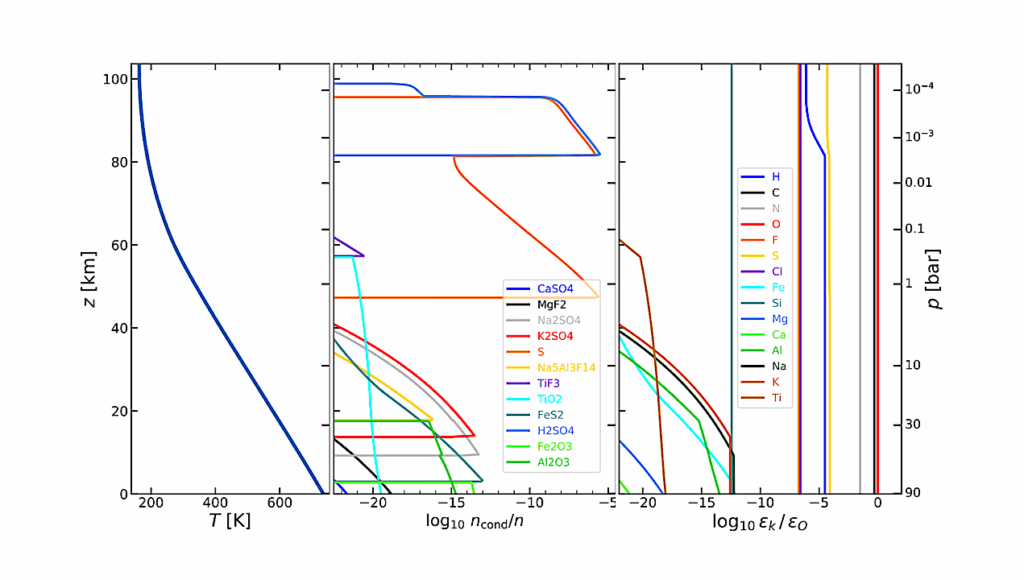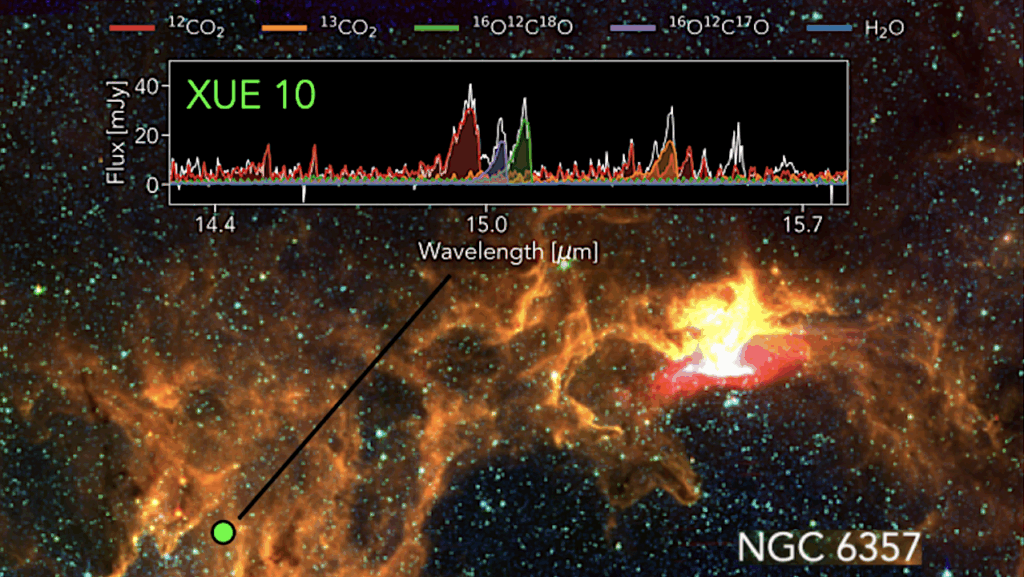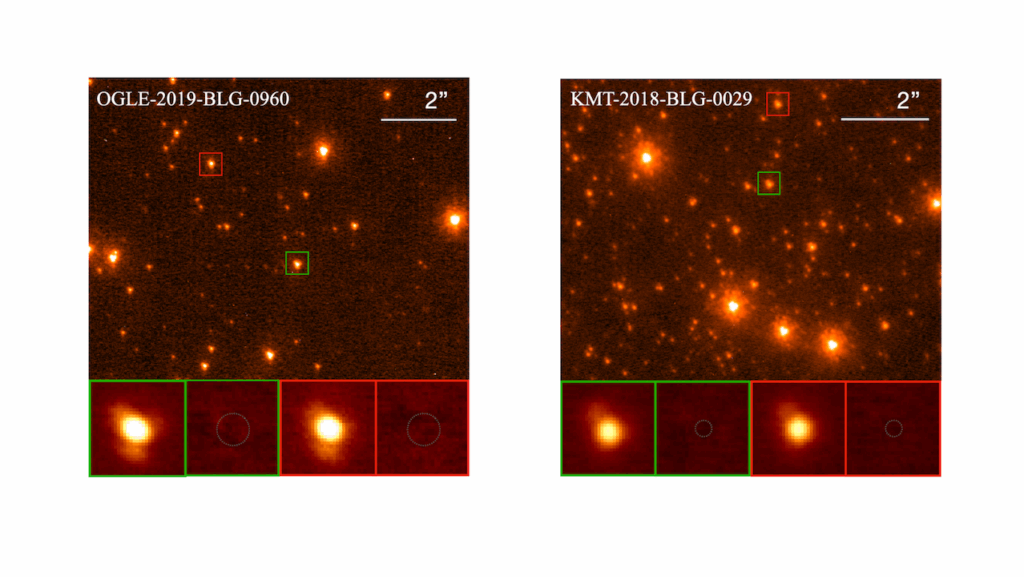Formation Of Earth-sized Planets Within The Kepler-1647 System Habitable Zone

The Kepler-1647 is a binary system with two Sun-type stars (approximately 1.22 and 0.97 Solar mass). It has the most massive circumbinary planet (1.52 Jupiter mass) with the longest orbital period (1,107.6 days) detected by the Kepler probe and is located within the habitable zone (HZ) of the system.
In this work, we investigated the ability to form and house an Earth-sized planet within its HZ. First, we computed the limits of its HZ and performed numerical stability tests within that region. We found that HZ has three sub-regions that show stability, one internal, one co-orbital, and external to the host planet Kepler-1647b. Within the limits of these three regions, we performed numerical simulations of planetary formation.
In the regions inner and outer to the planet, we used two different density profiles to explore different conditions of formation. In the co-orbital region, we used eight different values of total disc mass. We showed that many resonances are located within regions causing much of the disc material to be ejected before a planet is formed.
Thus, the system might have two asteroid belts with Kirkwood gaps, similar to the Solar Systemś main belt of asteroids. The co-orbital region proved to be extremely sensitive, not allowing the planet formation, but showing that this binary system has the capacity to have Trojan bodies. Finally, we looked for regions of stability for an Earth-sized moon. We found that there is stability for a moon with this mass up to 0.4 Hillś radius from the host planet.
G. O. Barbosa, O. C. Winter, A. Amarante, E. E. N. Macau
Subjects: Earth and Planetary Astrophysics (astro-ph.EP)
DOI: 10.1093/mnras/stab1165
Cite as: arXiv:2104.11628 [astro-ph.EP] (or arXiv:2104.11628v1 [astro-ph.EP] for this version)
Submission history
From: Gerson Barbosa
[v1] Fri, 23 Apr 2021 14:32:25 UTC (8,996 KB)
https://arxiv.org/abs/2104.11628
Astrobiology








